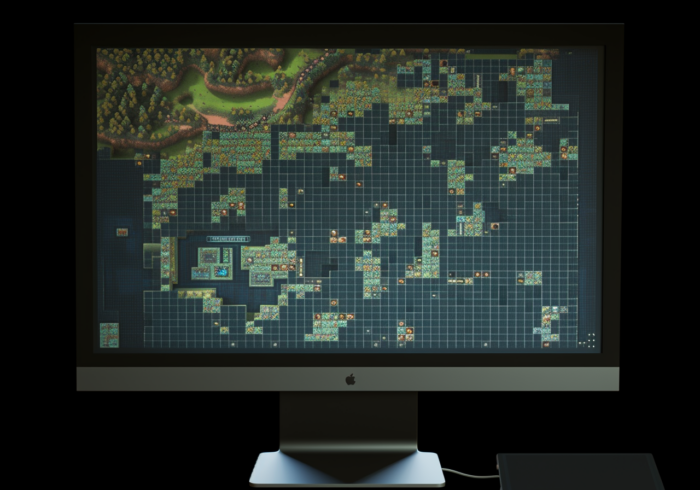The Silent Enemy: Acinetobacter baumannii
Acinetobacter baumannii, a Gram-negative bacterium, is one of the most feared pathogens in hospitals worldwide. It’s notorious for its ability to develop resistance against most existing antibiotics, making treatment increasingly challenging. This bacterium can cause severe infections such as pneumonia, meningitis, and septicemia, leaving patients vulnerable to devastating consequences.
The Challenge: Antibiotic Resistance
The rise of antibiotic-resistant bacteria has become a global health crisis. The overuse and misuse of antibiotics have accelerated the development of resistance, rendering many existing treatments ineffective. According to the World Health Organization (WHO), antimicrobial resistance (AMR) is responsible for an estimated 700,000 deaths annually. This alarming trend necessitates innovative approaches to combat antibiotic-resistant bacteria.
The Power of Artificial Intelligence
In a significant breakthrough, researchers at MIT and McMaster University have employed machine learning to identify a promising compound against Acinetobacter baumannii. The study demonstrates the potential of AI in accelerating the discovery of new antibiotics and offers hope for combating other drug-resistant infections.
Machine Learning Model: A Breakthrough in Antibiotic Discovery
The research team trained an AI model to recognize chemical structures that inhibit the growth of A. baumannii. This involved exposing the bacterium to nearly 7,500 different chemical compounds, followed by feeding the results into the machine learning algorithm. The AI model successfully identified patterns and linked chemical features with bacterial growth inhibition.
The Promising Compound: Abaucin
Through this AI-guided study, researchers discovered a promising compound named abaucin, which showed exceptional efficacy against A. baumannii. This narrow-spectrum activity minimizes the risk of bacteria rapidly developing resistance and could potentially spare beneficial gut bacteria, preventing secondary infections.
The Significance of Abaucin
Abaucin was originally investigated as a potential diabetes drug but demonstrated unparalleled effectiveness against A. baumannii. Its selectivity makes it an attractive candidate for future antibiotic development, reducing the likelihood of resistance emergence and minimizing side effects.
AI-Guided Exploration: The Future Direction of Research
This groundbreaking study exemplifies the potential of AI in accelerating the discovery of new antibiotics and points to the future direction of research. Researchers plan to deploy similar models to discover potential antibiotics against other drug-resistant infections, leveraging the power of machine learning to combat this pressing health concern.
The Role of Human Intelligence: Synergistic Collaboration
While AI has made significant strides in antibiotic discovery, it is essential to recognize that human intelligence and scientific insights remain indispensable. The future of antibiotic development relies on the synergistic interplay between human expertise, scientific knowledge, and cutting-edge AI technologies.
Conclusion
The breakthrough study demonstrates the potential of AI in combating antibiotic-resistant bacteria. As we move forward in this relentless battle, it is crucial to acknowledge that AI is not a replacement for human intelligence but rather an invaluable tool in our arsenal. By embracing the synergy between human expertise and AI technologies, we can accelerate the discovery of new antibiotics and ultimately safeguard public health.
Further Reading
For those interested in exploring the full study, please visit [link to study] (https://example.com/study). This groundbreaking research marks a significant step towards overcoming antibiotic-resistant bacteria, offering hope for patients worldwide.




